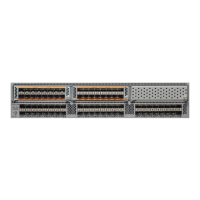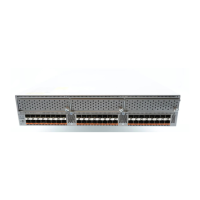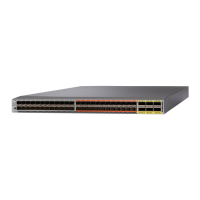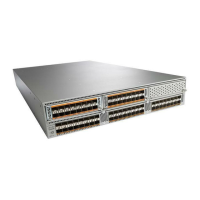CHAPTER
Send feedback to nx5000-docfeedback@cisco.com
1-1
Cisco Nexus 5000 Series Switch CLI Software Configuration Guide
OL-16597-01
1
Configuring Access and Trunk Interfaces
Ethernet interfaces can be configured either as access ports or trunk ports. Trunks carry the traffic of
multiple VLANs over a single link and allow you to extend VLANs across the network.
This chapter includes the following sections:
• Information About Access and Trunk Interfaces, page 1-1
• Configuring Access and Trunk Interfaces, page 1-4
• Verifying Interface Configuration, page 1-8
Information About Access and Trunk Interfaces
This section includes the following topics:
• Understanding Access and Trunk Interfaces, page 1-1
• Understanding IEEE 802.1Q Encapsulation, page 1-2
• Understanding Access VLANs, page 1-3
• Understanding the Native VLAN ID for Trunk Ports, page 1-3
• Understanding Allowed VLANs, page 1-4
Note Cisco NX-OS supports only IEEE 802.1Q-type VLAN trunk encapsulation.
Understanding Access and Trunk Interfaces
Ethernet interfaces can be configured either as access ports or a trunk ports, as follows:
• An access port can have only one VLAN configured on the interface; it can carry traffic for only one
VLAN.
• A trunk port can have two or more VLANs configured on the interface; it can carry traffic for several
VLANs simultaneously.
Figure 1-1 show how you can use trunk ports in the network. The trunk port carries traffic for two or
more VLANs.

